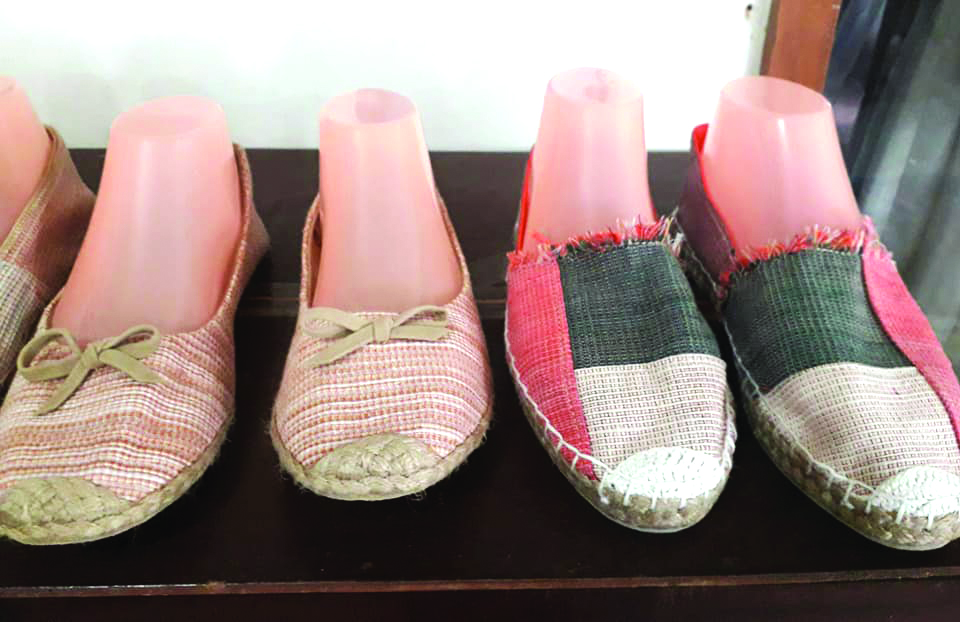THE mention of “silk” evokes luxurious living. Of women lounging in their shiny caftans. Of smart, well-pressed shirts for the corporate executive. Of rustling deep-colored ballgowns. That’s the silk we have in mind.

In Negros, our silk fabrics are un-shiny looking more like wool in their uneven textures. Negros produces raw silk – un-shiny, un-shimmering but splendid. Processed by the OISCA in Brgy. Tabunan, Bago City since 1989, silk in thread or fabric form is so in demand that silk worms need to work overtime.

The road to OISCA (Organization for Industrial, Spiritual, and Cultural Advancement) is lined with good intentions and mulberry trees. The leaves of the trees are the sole sustenance of the worms. A worm can feed on 24 grams of leaves during its life cycle before spinning a cocoon. Inside the cocoon, the delicate silkworm transitions into a pupa and never gets to develop into a moth. The poor, poor fellow is killed by heat to prevent it from maturing. If allowed to mature, the moth will tear out of the cocoon and damage the quality of threads.


Did you know that one cocoon can produce 1.2 to 1.5 kilometers of silk thread? 80 percent of the threads produced by OISCA in Bago City are sent to Panay for integration with other fibers. One example is the mixing of silk and pineapple fibers in Aklan to create pina-seda. Cocoons are classified into A, B, and C, and A-grades make it to the reels. Did you know that cocoons come in various shades? Silkworms spin cocoons of pure white, yellow, light green, lemon and light pink. Amazing! The silk threads in Bago are fashioned into shawls, translucent fabrics for Filipiniana attire, regular fabrics, and footwear.

Lower grade cocoons are extracted of their sericin for cosmetic purposes or packaged as exfoliants. OISCA has developed creams and sprays infused with sericin that is good for the skin. Patrick, a guest of mine, swears by the healing properties of the cream.

The Bago factory is the only silk reeling factory in the country. Although other LGU’s in Western Visayas raise silkworms and produce cocoons, the latter are sent to Bago to be processed into threads. Demand is more than supply and farmers are encouraged to plant mulberry trees to provide food for the worms.

Sericulture is a meticulous and tedious process since worms are delicate and sensitive to weather changes. Yet, the industry is a good income-earner for the sericulturist with cocoon harvested monthly. The waning interest in sericulture in China, Japan and other Asian silk-producing countries is a good opportunity for Western Visayas to fill in the demand./PN




